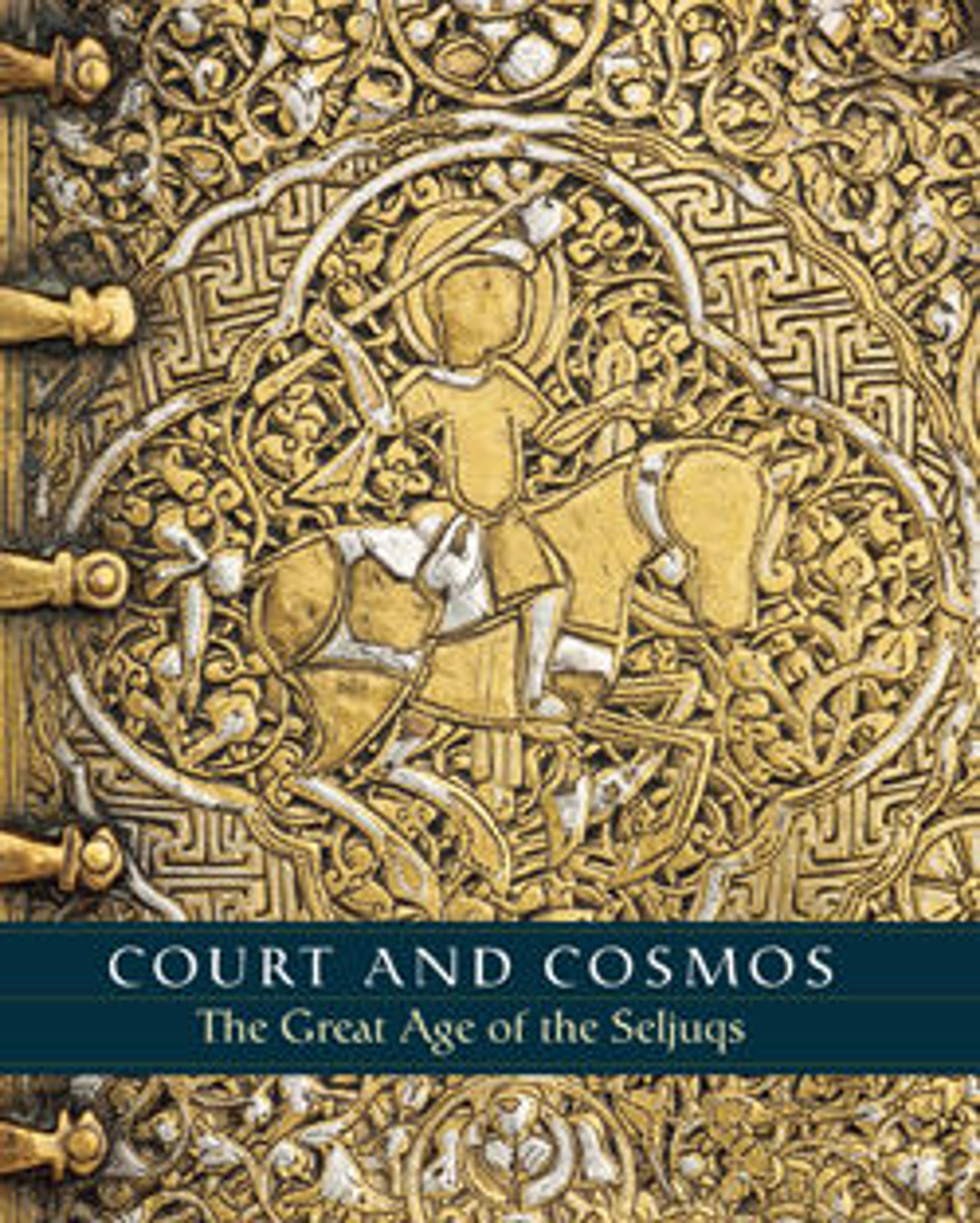Lobed Bowl
This bowl’s lobed shape represents a departure from the standardized set of vessels produced in the Jazira and Syria in the second half of the twelfth century. It demonstrates that a more discerning and sophisticated market still existed despite the intensification of ceramic production for a broader clientele.
Artwork Details
- Title: Lobed Bowl
- Date: second half 12th century
- Geography: Made in Syria, Raqqa
- Medium: Stonepaste; glazed in transparent colorless glaze, in-glaze- and luster-painted, with scratches in the luster
- Dimensions: H. 3 5/16 in. (8.4 cm)
W. 7 1/16 in. (17.9 cm)
D. 5 7/8 in. (14.9 cm)
Wt. 15.5 oz. (439.5 g) - Classification: Ceramics
- Credit Line: H.O. Havemeyer Collection, Gift of Horace Havemeyer, 1948
- Object Number: 48.113.9
- Curatorial Department: Islamic Art
More Artwork
Research Resources
The Met provides unparalleled resources for research and welcomes an international community of students and scholars. The Met's Open Access API is where creators and researchers can connect to the The Met collection. Open Access data and public domain images are available for unrestricted commercial and noncommercial use without permission or fee.
To request images under copyright and other restrictions, please use this Image Request form.
Feedback
We continue to research and examine historical and cultural context for objects in The Met collection. If you have comments or questions about this object record, please contact us using the form below. The Museum looks forward to receiving your comments.
